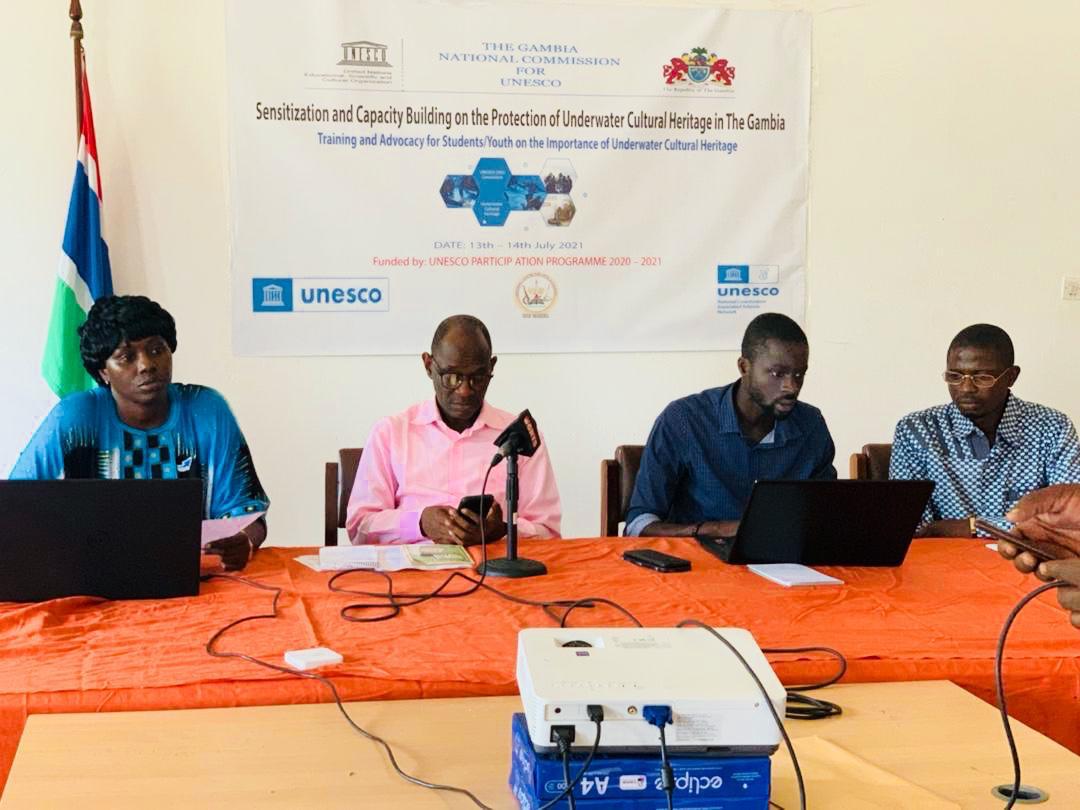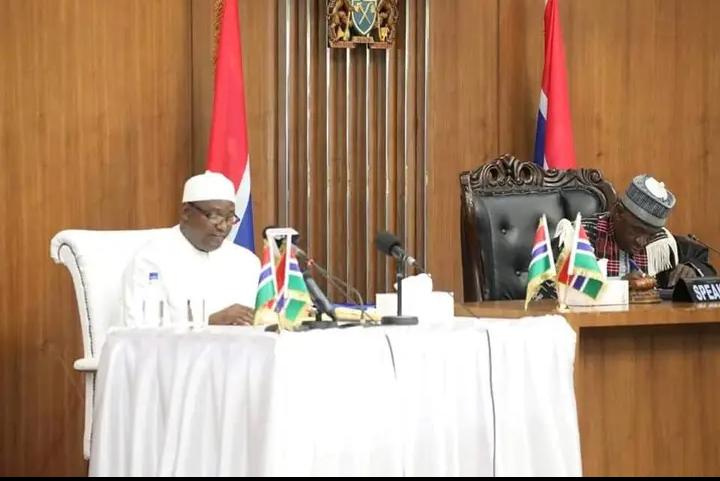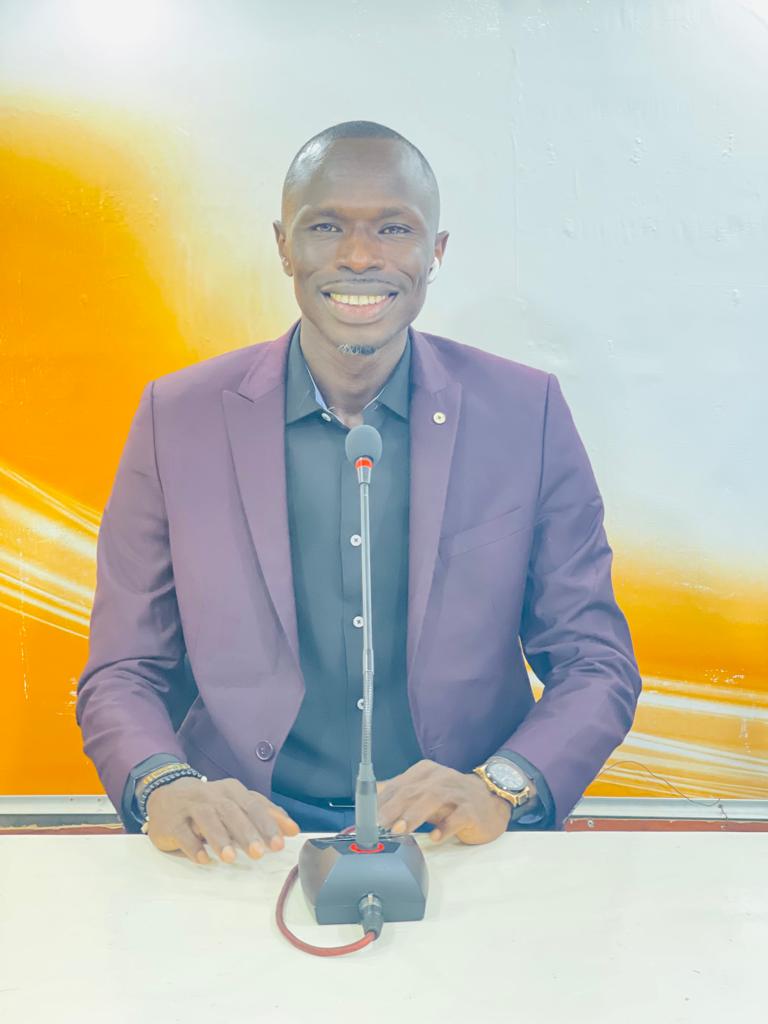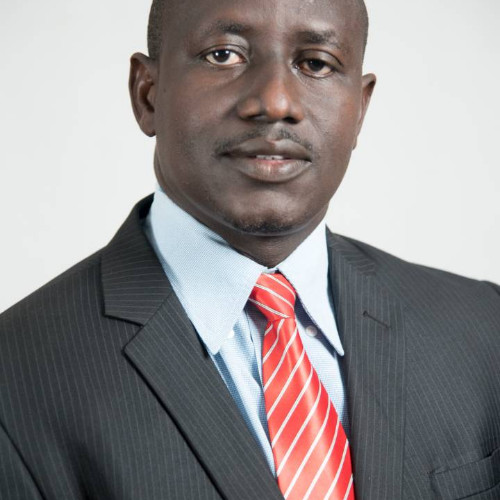Hassoum Ceesay, the director general (DG) of the National Centre for Arts and Culture (NCAC),on Tuesday during a sensitization and capacity building forum. The theme was on; “Protection of Underwater Cultural Heritage in The Gambia” in advance he sought lawmakers to consider ratifying the Underwater Cultural Heritage in The Gambia when it was brought before them as it is internationally recognized.
The forum was funded by “UNESCO Participation Programme 2020-2021” to train various students from primary to senior secondary schools on the importance of Underwater Cultural Heritage at the Regional Education Directorate Region 1 in Old Jeshwang.
The NCAC DG Hassoum Ceesay disclosed that in 2021, UNESCO brought an international agreement to protect underwater cultural heritage adding that culture heritage falls into two broad categories: Tangible and Untangle heritage.
“We want Gambian people to be aware of the convention and for it to be ratified by the National Assembly as signing it would be very significant because when you adhere to a convention, one is protected but failure to do so, one cannot be protected internationally,” said Hassoum Ceesay NCAC Director General.
DG, Ceesay added that the convention has funds which his institution can work with NATCOM to train particularly the underwater archeologists, adding that the underwater heritage is there but they cannot be seen because of lack of qualified personnel to dive into the River Gambia.
The Senior Programme Officer of UNESCO NATCOM Lamin Jarju, delivering a statement on behalf of the Secretary General of UNESCO NATCOM Gambia office Ousman Senghore, said the river Gambia was one of the first European trade routes in Africa since 1446 as it began as a deep estuary navigable by ocean-going ships for 120 miles upstream and for 80 additional miles by smaller ones making the river the most navigable and busiest in the continent of Africa until mid 1800s.
He highlighted that The Gambia National Commission for UNESCO is happy and grateful for the support of UNESCO’s participation programme for funding the project among others in 2020-2021 biennium. He revealed that a core team of four divers have been trained in the basics of scuba diving and techniques of underwater archeology.
Mr. Jarju disclosed that a large part of Gambia’s shared heritage, the remnants of human actions, habitats and encounters are found in locations which today, are covered by seas, rivers or lakes as naval conflicts led to the sinking of vessels and fleets leaving important, comprehensive and untouched testimonies to our past lying in the deep.
“It was a scene of many battles between European powers fighting over trade rights between 1400 to 1600s as well as for the control of the Kunta Kinteh Island,” Lamin Jarju said. “The Island which is a UNESCO world heritage site is today a symbol of the inhumanity of slave trade and a site of the memory for the hardship suffered by Africans,” Lamin Jarju said.
However, Jarju said the underwater cultural heritage of the world is specifically protected by the UNESCO Convention on the Protection of the Underwater Cultural Heritage, adopted in 2001 by the UNESCO General Conference which outlined to set out basic principles for the protection of underwater cultural heritage, to provide a detailed State cooperation system and to widely provide a recognized practical rules for the treatment and research of underwater cultural heritage.
“Protecting and sharing our heritage is a key driver to fostering mutual understanding and a more perfect knowledge of each other’s lives,” Lamin Ceesay senior program officer UNESCO NATCOM said.
“Our history and heritage are part of who we are. They are major components of our identities and provide ways of defining ourselves as social groups in interaction with other groups and with the environment,” he concluded.
By Dawda Baldeh






Leave A Comment